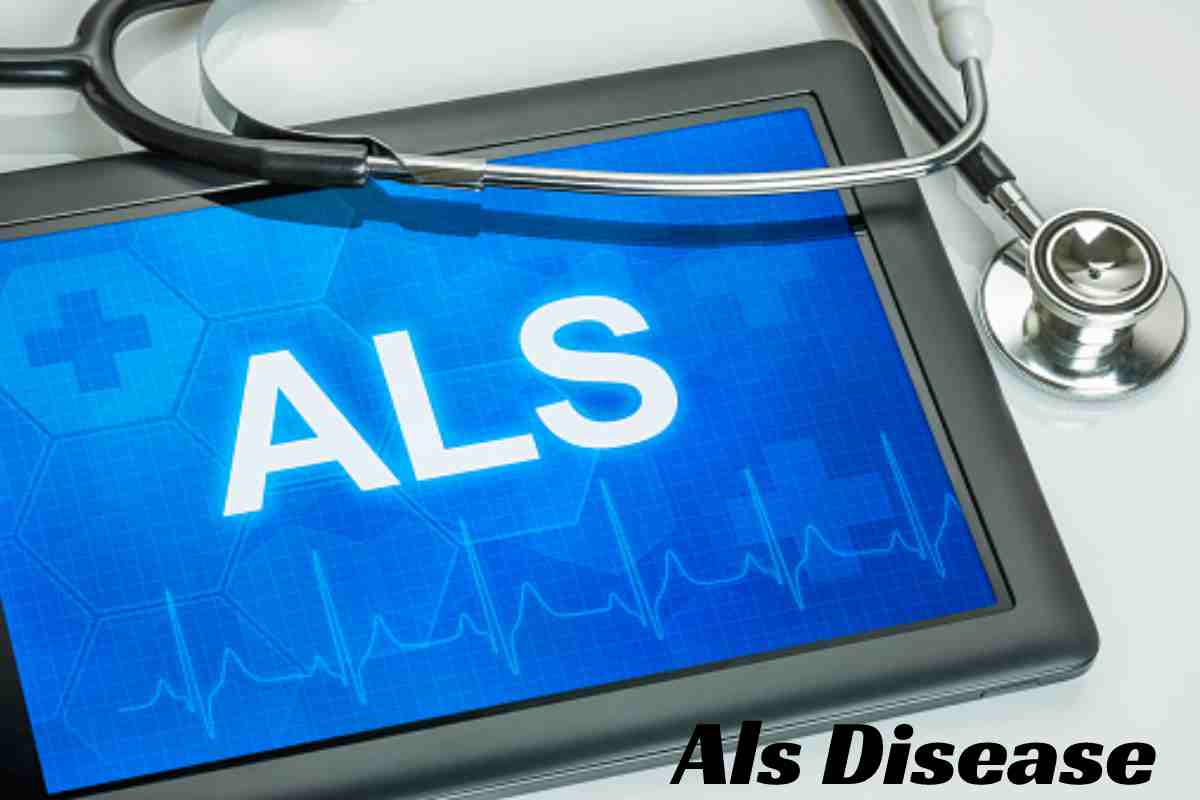Table of Contents
Indication
Als Disease, Amy trophic lateral sclerosis [a-my-o-TROE-fik LAT-ur-ul skluh-ROE-sis]. Otherwise, different ALS remains a progressive disease of the nervous system that affects nerve cells in the brain and spinal cord, causing causes loss of muscle control. ALS remains often called Lou Gehrig’s disease after the baseball player is diagnosed. Doctors usually don’t know why ALS occurs. Some cases are inherited. ALS often begins with muscle spasms and weakness in a limb or slurred speech. Eventually, ALS affects the control of the muscles needed to move, speak, eat, and breathe. Unfortunately, there is no cure for this deadly disease.
The signs and symptoms of ALS vary significantly from person to person, depending on which neurons are affected. It usually starts with muscle weakness that spreads and gets worse over time. Signs and symptoms may include:
- Difficulty walking or doing normal daily activities
- trip and fall
- Weakness in the legs, feet, or ankles
- Weakness or clumsiness in the hands
- slurred speech or trouble swallowing
- Muscle cramps and spasms in the arms and shoulders. And also tongue
- Inappropriate crying. Laughing or cavernous
- Cerebral and behavioral changes
ALS Often Starts In The Hands, Feet. Or extremities and then spreads to other parts of your body. As the disease progresses and nerve cells remain destroyed, the muscles weaken. This ultimately affects chewing, swallowing, speech, and breathing.
There is usually no pain in the early stages of ALS, which is uncommon in the later stages. ALS does not usually affect bladder control or the right mind.
Causes
ALS traces the nerve cells that control volunteer power actions. Such as walking and also talking [motor neurons]. ALS reasons motor neurons to deteriorate gradually and then die. Motor neurons spread from the brain to the spinal cord and muscles throughout the body. When motor neurons remain damaged, they stop sending messages to the muscles, so they cannot function.
ALS remains inherited in 5% to 10% of people. Otherwise, the cause is unknown.
Researchers continue to study possible reasons for ALS. However, most theories focus on a complex interaction between genetic and environmental factors.
Risk Factor’s
Established risk factors for ALS include:
Inheritance. 5 to 10 percent of people with ALS inherited it [familial ALS]. In most people with familial ALS. Their children have a 50-50 chance of emerging from the disease. Years. The risk of ALS increases with age and is most common between the ages of 40 and mid-60s.
Sex. Before age 65, slightly more men than women develop ALS. However, this sex difference disappears after the age of 70.
Genetics.
Some studies investigating the entire human genome found many resemblances in the genetic variations of people with familial ALS and some with non-inherited ALS. These genetic variations can make people more susceptible to ALS. In addition, environmental factors, such as the following, can trigger ALS.
Of smoking. Smoking remains the only likely environmental risk factor for ALS. The risk appears to be greater for women, particularly after menopause.
Exposure To Environmental Toxins.
Some evidence suggests that contact with leading or other substances in the workplace or home may be related to ALS. Many studies have remained, but no single agent or chemical has consistently remained associated with ALS. Military service. Studies indicate that people who have helped in the military are at increased risk for ALS. However, it remains unclear what it is about military service that might trigger the development of ALS. It can include exposure to certain metals or chemicals, traumatic injuries, viral infections, and intense exertion.
Also read: Ocean County Health Department

